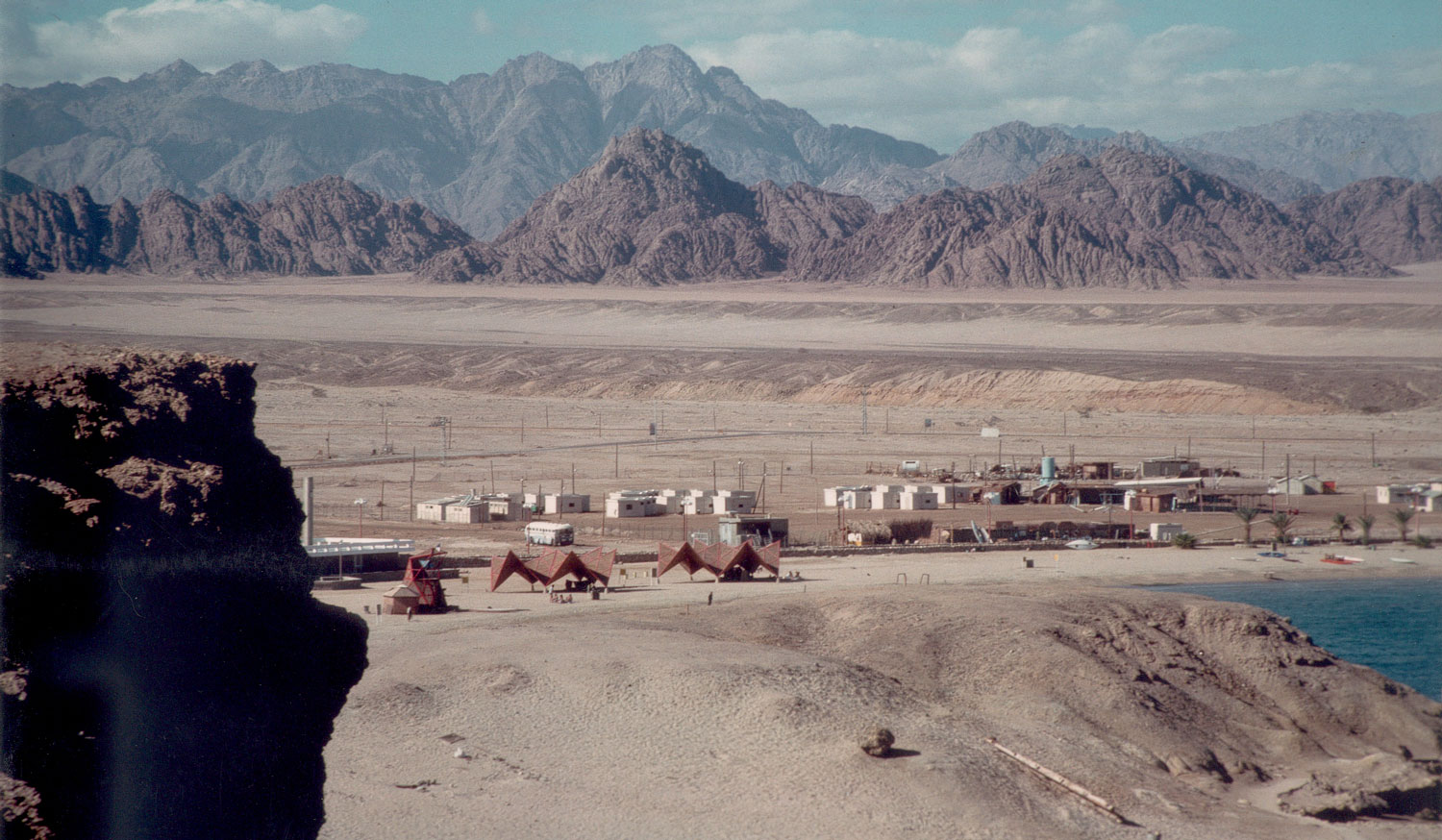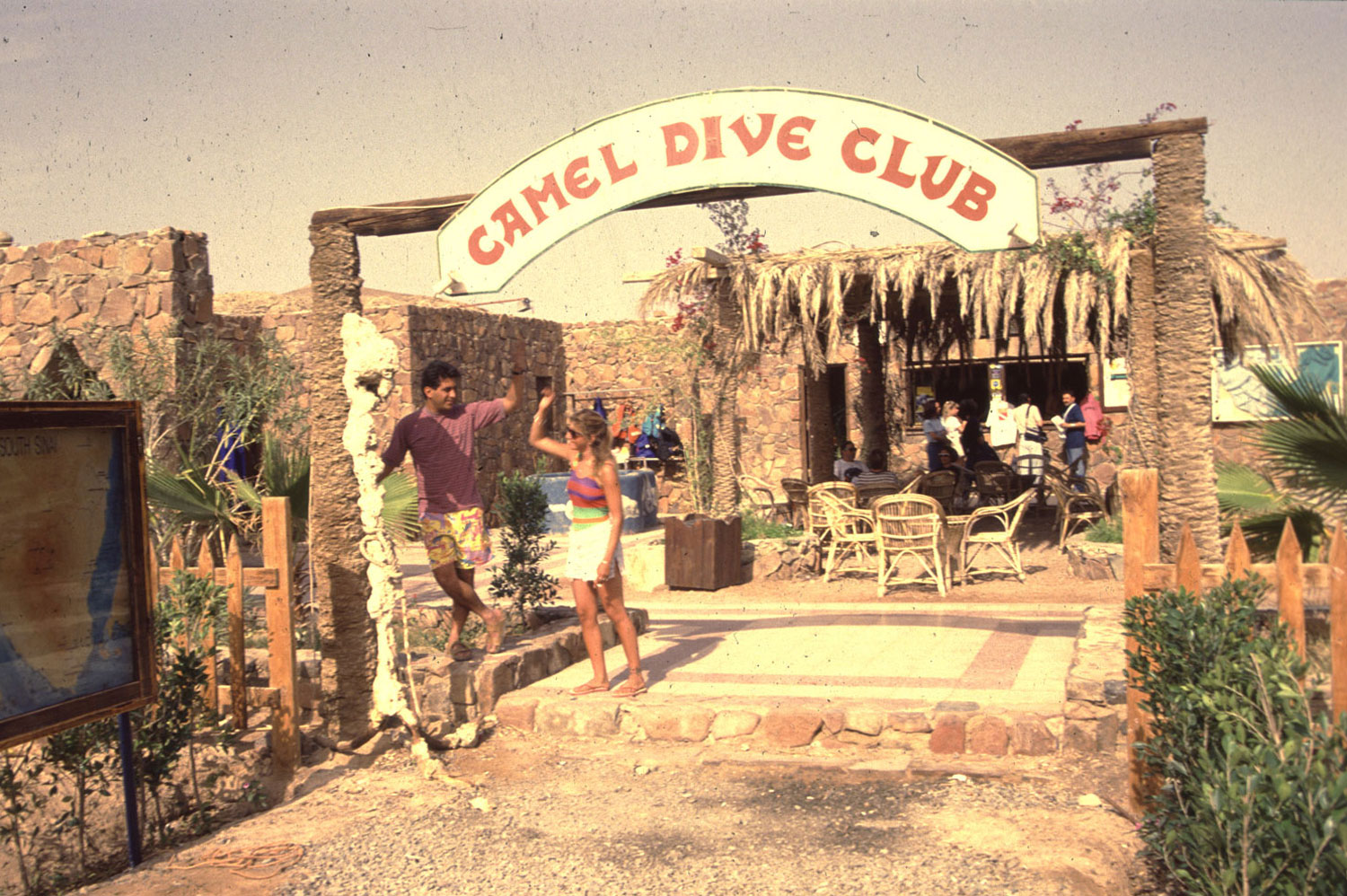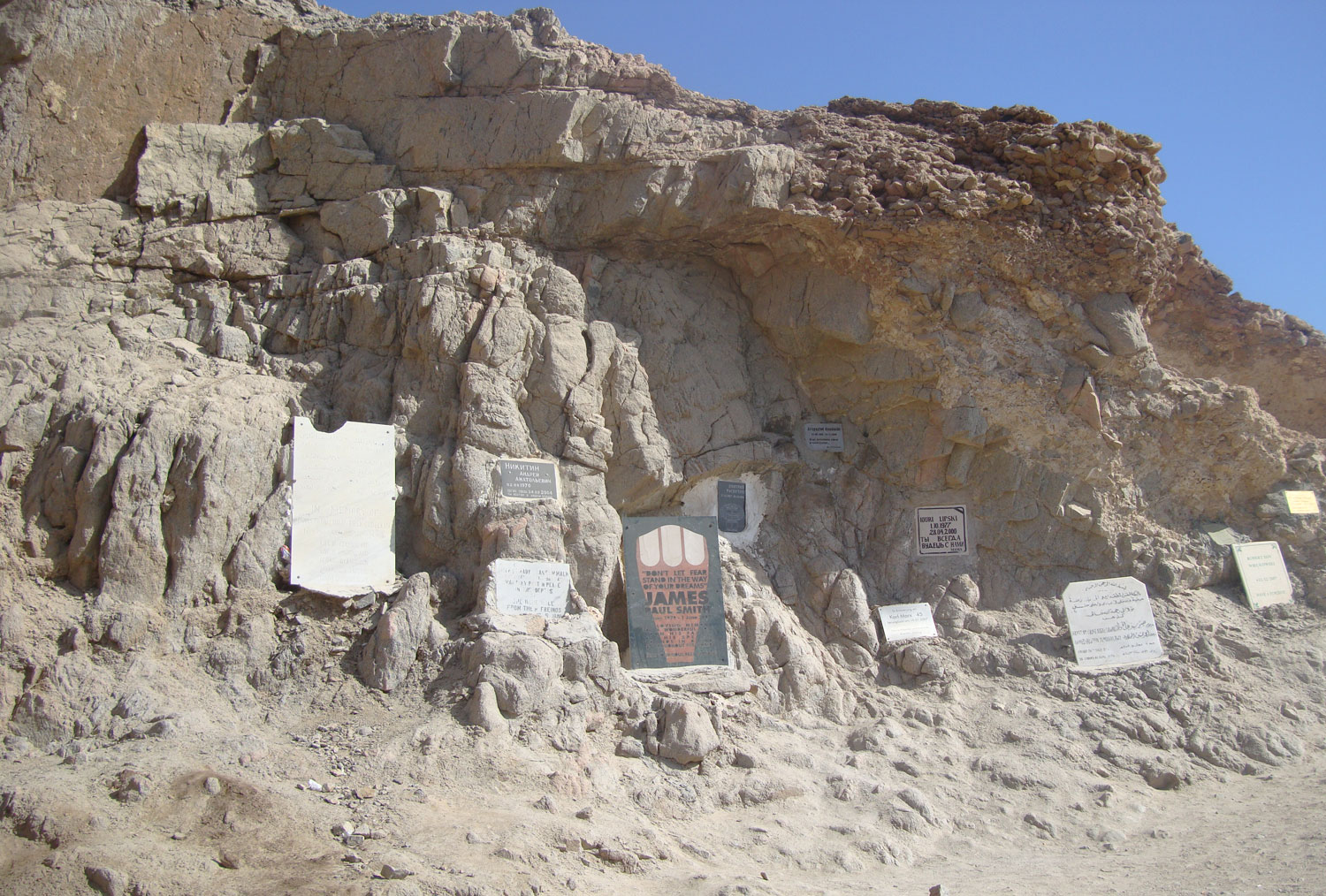Features
The 100-Metre Club: Myth or Reality?
Editor’s note: The history of diving can be characterised as the search for increased depth and bottom time. Sport diving is no exception. Today, of course, we have tools such as mixed gas technology and rebreathers that enable properly trained divers to conduct significantly deep dives with what is considered acceptable levels of risk.
However, the situation was much different in the late 1980s and early 1990s, when air diving was the only option, and recreational divers were told to limit their exposures to a maximum depth of 40-50m depending on the location and training agency, and decompression dives were strictly discouraged.
Despite those warnings, there were small groups of bold* divers that ventured deeper at their own peril, in some cases for exploration, but in others, simply for bragging rights. In doing so, the divers were forced to grapple with debilitating effects nitrogen narcosis, the risk of CNS oxygen toxicity which could result in loss of consciousness, as well as increased gas density leading to CO2 build-up. Tragically, a disproportionate number lost their lives in the process.
Not surprisingly, these groups tended to keep their deep air dives on the QT, lest they be blamed, or shamed or worse—that less experienced divers be led to their doom. Here veteran diving instructor and fiction writer Claudio Di Manao exercises a bit of literary license in this amusing examination of one such group that was rumoured to operate out of Sharm el Sheikh. For obvious reasons, DAN Europe does not sanction this type of diving.
*There are old divers, and bold divers, but no old bold divers.
Back in the early 1990s while a war was being waged against the cultivation of indigenous psychoactive plants in remote forests and highlands, above and below sea level, underwater educators from around the world were fighting the recreational use of the most abundant gas in the atmosphere. I speak, of course, of nitrogen.
At the time, buoyancy compensators, aka ‘The BCD,’ had only recently ceased to be considered an instrument of the devil, nitrox, which would soon come to be known as the voodoo gas, had not yet made the leap from technical to recreational diving, and fanciful theories about nitrogen narcosis were circulating among deep diving brethren. The proximity of the desert, a great inspiration for humanity, gave rise to a unique assembly of philosophers in Sharm el Sheikh, Egypt, who formed a notorious club, whose story is worth the telling.

Once upon a time in Sharm el Sheikh there was a blackboard at the entrance of a bar, or so the legends tell us. It looked like one of those found in an eatery that indicate the menu of the day, but strangely it always had a dive computer hanging on it. “Sarah: 103” was not an expensive salad; it was the proof of admission to the Club. Her name, the depth and the computer served as evidence. It meant Sarah had been admitted to the 100-Metre Club. To be admitted, you had to dive to a depth of at least 100 metres. On air!
Among that community dwelling between desert and the sea, trimix had not arrived yet. Deep-sea commercial divers were the only ones that breathed trimix, and those people lived on offshore platforms and were not willing to mix with the masses of recreational divers. Deep-sea divers shared their pearls of wisdom sparingly, and when they did, they relied on obscure hermetic literary forms to communicate.
Following the usual law of news diffusion1 in Sharm el Sheikh, only the most worrying pronouncements were memorised and repeated. Helium immediately became a traitorous gas, perhaps even explosive. Apart from the Donald Duck effect, helium had no other fun or redeeming properties. But above all: there was no helium to be had. At that time in Sharm el Sheikh there was a ban in vogue against diving deeper than 30 metres, which fuelled some hesitation among tech training intelligentsia, “Will we sell trimix or deep air courses?”
Members of the Club were convinced that in the warm, crystal-clear waters of Sharm, narcosis only occurred at greater depths. Their mantra: “Every gas is less dense when breathed in warm water!” The principle had its own scientific basis, but to gain the desired depths without incurring debilitating narcosis, the Red Sea water would have to reach 200ºF: there would be no water at all! Of course, there wouldn’t be any divers, either. Their subjective experiences gave rise to another oral tradition among the Club, though it had never been mentioned scientifically, to wit: “Narcosis is weakened in conditions of good visibility.” Still another of their beliefs was shared by a large portion of the dive community as a whole: “Narcosis can be controlled.” And there was its corollary: “Through training you can learn to control it.”

It’s All A Matter of Training
Starting from the principle that alcoholics and drug addicts are able to tolerate higher doses of anaesthetic, and assuming that there is not much difference between nitrogen and an anaesthetic (indeed there is not), the idea for narcosis training began spreading. What’s more, they surmised that resilience to nitrogen required training both above and below the surface; underwater with deeper and deeper air dives, and on the surface with the suitable application of psychoactive substances. The most accessible substance was the acclaimed carbonated yellow liquid. A less accessible one was an illegal stank herb. Ingestion had to occur strictly every night between six and 11 pm, preferably in larger quantities every day. Club members dedicated themselves to the training at hand. In fact, an alcohol test conducted by the head doctor of the Sharm el Sheikh hyperbaric centre at local diving centres one morning at 8:00 a.m., proved that at least 10% of the staff were in constant training mode.
But while the Club successfully recruited heroes and supporters—so much so, that the infamous bar installed brass plates with the names of the most daring on the counter—technical diving began to subtly contaminate her recreational sister. Early drafts of nitrox training manuals were leaked among the elite. That’s when questions started to arise about the mysterious disappearances of club members. The drafts suggested that it was not electrolysis. What did electrolysis have to do it? Well, Sharm was a community of vagabonds, and therefore dense with sailors. Many sailors believed that an aluminium can with a steel bolt inside would dissolve in salt water in a very short time.
That was not the case.
The first nitrox manuals spoke of some alarming effects of oxygen at depth. But since many had survived, another dangerous belief took hold: that even oxygen toxicity could be trained and controlled. Like narcosis. Oxygen invigorates and improves performance of all kinds! “Ask my wife,” said a nitrox instructor, hoping to convince me. (Ed. note: The founder of the International Association of Nitrox Divers (IAND), which later became the International Association of Nitrox & Technical Divers (IANTD) has repeated the claim to this day, “Nitrox improves your sex life!”)
After all, how could oxygen be such an evil gas? You just needed to recognise the premonitory signs of toxicity. According to the Club philosophy, developed by casually reading the sacred texts of the day including Bret Gilliam’s tome on “Deep Air,” lowering one’s respiratory rate reduced the absorption of gases. Obviously, no one mistook this for a scientific experiment conducted (ironically) by the person who later set the maximum oxygen tolerance levels at a PO2 of 1.6 ATA for the technical training agency he co-founded.

Like A Secret Society
Once various nitrox manuals were published, the elite—dive centre managers and course directors—launched an intelligence operation never before seen. It began with a series of privacy violations. Worse than Google and Facebook, the recreational diving establishment started to examine staff dive computers. In some centres, computers were even requisitioned at the end of the day, and sometimes even when returning back to work from the day off. There were ramblings and layoffs, the blackboard disappeared from the bar and like other oppressed souls before them, 100-Metre Club members took refuge underground and held gatherings in secret places. Many of them found themselves forced to buy a second dive computer—one that would never be shown. Now persecuted, they behaved exactly like a secret cult; they began to refute official data, physical laws, gas dynamics, and physiology. “Why were there not incidents in the hyperbaric chamber with partial oxygen pressure at 2.8?” they asked.
Having volunteered as a tender at the local hyperbaric chamber, I have to admit, I had only witnessed one case of oxygen toxicity. However, a study on “dry toxicity” had been published in one of the diving magazines, which featured the writing of experts and specialists. But now there was nothing left to do—the demonisation of deep air diving had already become entrenched as propaganda. The system was altering data, rejecting free will and establishing a dive police regime. It had instilled division and suspicion into the community. A gag had been placed on independent experimentation. The only conclusion that could be drawn was, the Trimix Lobby had taken over the system.
However, with their firm beliefs, Club members continued to hit the abyss, animated with the passion of the revolutionaries.
Then, suddenly, they just completely stopped it. It was just as well. All of the local operators were a bit worried about having Club members on board, especially on their days off. They plunged into the depths alone, or in pairs, but always exclusively with other members. They used to make those dives on days when all the local dive doctors would recommend that they stay dry and desaturate on their days off. We peeked at their computers, a couple times. We even hid them, in an attempt to stop them from diving.
Dear Tom and Patty (Mount), if you’re reading this article, you now know who made those Aladin nitrox computers disappear, that’s right the ones that took into account oxygen toxicity even beyond the limits. We would magically return them at the end of the day. We didn’t want to argue or spy, but above all, we did not want any accidents on board! It wasn’t funny having to go and search for a diver who hadn’t surfaced. At the end, I think the Club somehow understood.
A very sad accident that resulted from a shore dive probably convinced the group that oxygen toxicity could strike well after those first signs of tingling of the lips, tunnel vision, or that strange sneer preceding convulsions. The computer profile suggested that convulsions had hit the diver at 60 metres, on the way up from 100 metres of depth.

On A Scale from Jell-O To Cookies, How Baked Do I Look?
I thought long and hard about the reasons why these people were risking their lives to reach into the abyss. For someone like me, who never breathed air beyond the fateful limit of 66 metres (my deepest was 62 m) it was incomprehensible. Some members had continued to dive past 100 metres breathing air, even after the arrival of trimix. I couldn’t explain it. But at that time, I was missing a lot of other things as well. I didn’t realise, for example, how they were challenging themselves and egging each other on. Katy (let’s call her that), a Club member in good standing, explained that to me.
“Once I found myself on that spur at the bottom of Shark Reef,” she said. “You know that step at about 100 metres?”
“Sure, I go down there every day with our clients”, I replied!!
“Oh yeah, I forgot, you’re a wimp.”
“I’m an alive wimp.”
She gave me a classy smile. Katy was an educated eccentric.
“There were a lot of sharks parading in front of me. I felt at peace with myself and the universe down there sitting on that spur. I wanted to stay in that place forever. And I would have stayed, but then something happened,” she explained.
“What exactly happened?”
“I saw something incredible.”
“A whale?”
“Not really”
“A giant squid?”
“Nope”
“Then what?”
“A pink elephant”
“An elephant? Pink? At 100 metres?”
“Yes. A pink elephant.”
“I see”
“I realised that day that I had to finally stop my deep air diving”, she offered resolutely.
For years I’ve had one doubt. Maybe she had in fact seen a giant squid, and instead took it for an elephant? Unfortunately, I had no clue. I have no idea of what it’s really like to dive 100 metres on air, and never really cared to know. But I’m sure for Katy, and the others, it was way more than just showing off or her craving for depth. If it had been about records and deadly challenges, there wouldn’t have been so many women in the Club. Women are less braggarts than men, and this is almost a scientific truth.
What was it about, then?
It was most likely about the damn recreational use of nitrogen, the most abundant gas in the atmosphere. And practically free. I understood it by watching two of my friends as they were arguing (I won’t mention their names, again). One of them attempted to jump to 100 metres as a fun-dive—on air, of course. The other grabbed him by the fins and dragged him back up. Both surfaced safely, but the diver who ‘rescued’ him scolded his friend, who justified himself this way:
“You can’t understand, it’s an incredible feeling.”
“Do me a favour, mate. If you really can’t help yourself, get high in the desert: the worst thing that can happen to you there is eating sand. And no one has to risk their life to bring you back safely!”
Of all the stories that I have heard, this is the one that contained the entire universe of the 100-Metre Club.

###
Epilogue: The 100-Metre Club broke up somewhat spontaneously, in part due to natural causes. The brass plates on the bar counter, which celebrated the members of the Club, among others, have been removed. Instead, a new religion with the dictum “Doing It Right,” emerged from the depths of the underground and displaced “deep air” shamanism. All of the other water-inspired religions adapted to the new scientific dogma. Fast forward to today and the survivors of the Club have become esteemed managers of the various diving centres, and excellent cooks. The diver who was fished out by his fins at one hundred meters is now an instructor trainer for an important technical diving training agency. I doubt he wants to tell his student instructors what he did on November 17, 1998.
Do you have a story about the early days of “deep air diving,” or know of any similar diving clubs? If so, we’d like to hear from you. Please send your story or comments to [email protected]
Ironically, the various tech diving agencies are still not in agreement as to what should the limits of air diving from a safety point of view. You can read about their deliberations in Rapture of the Tech: Depth, Narcosis and Training Agencies.
1Footnotes: Rules on the dissemination of news in the Sharm el Sheikh area (27° 54′ N – 34 ° 19′ E)
- Distortion rule. In the presence of an international community, every news undergoes a translation at each passage: from Arabic to French, from French to English, from English to Italian, from Italian to German. The same news also changes according to the mood of the repeaters.
- Rule of Speed. The speed of propagation is inversely proportional to the weight of the news itself. Less important and almost massless notifications, such as photons, travel with a speed close to light and have a wave function.
- Privacy rule. The ability to spread news is directly proportional to its confidentiality, and therefore extremely confidential news will be spread by as many repeaters as possible.
- Rule of Personalisation. Each repeater has the right to add and cut at will.
- Non-Hoarding Rule. Any information disclosed orally belongs to the community, and therefore must be returned to it.
- Telepathic Risk. Absolutely secret or confidential facts have a tendency to spread telepathically: no one has said anything around yet everyone knows it.
(extract from the book Shamandura Generation – Available in the DAN Shop)
For more on deep air and training standards, also read: Rapture of the Tech: Depth, Narcosis and Training Agencies.
Learn more about the latest scientific research by DAN Europe on the subject in the article Measuring Inert Gas Narcosis.
What is your relationship with depth and narcosis? Take the test!

